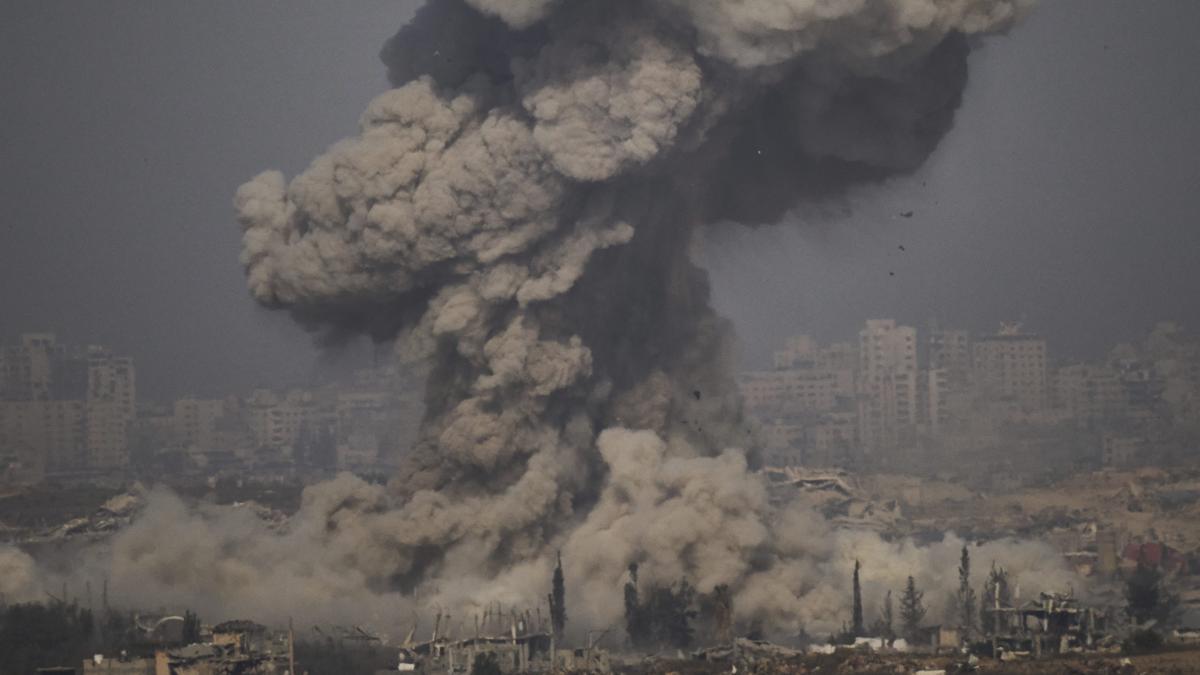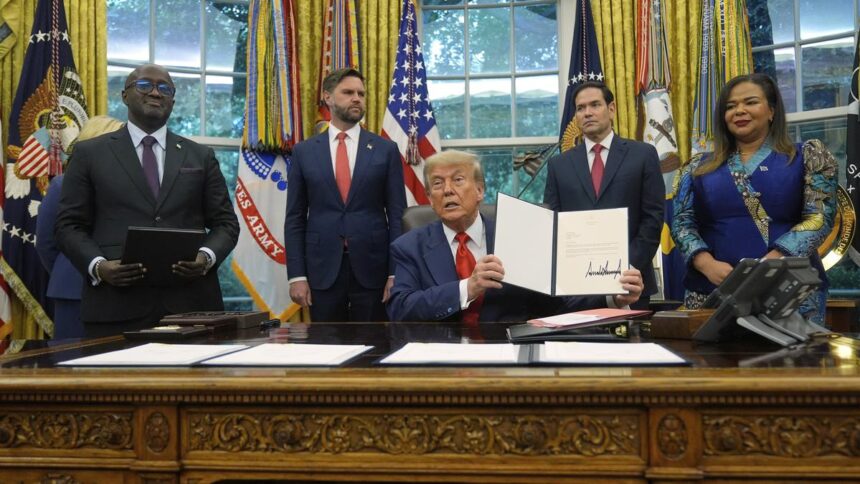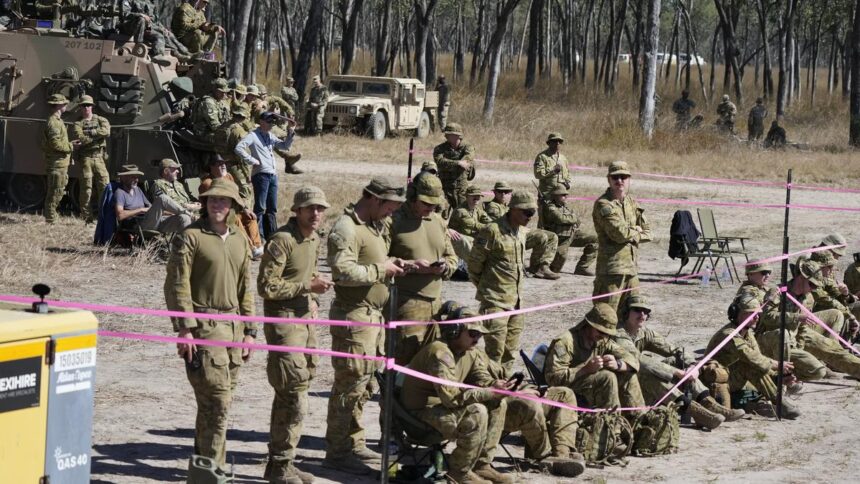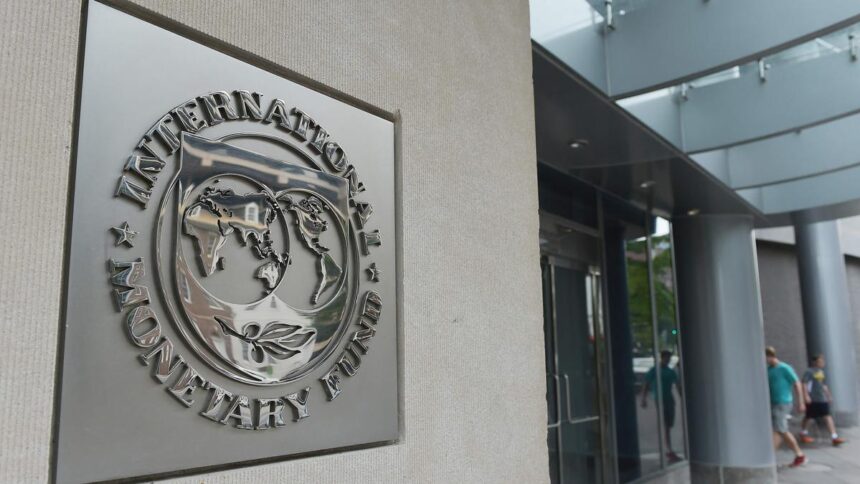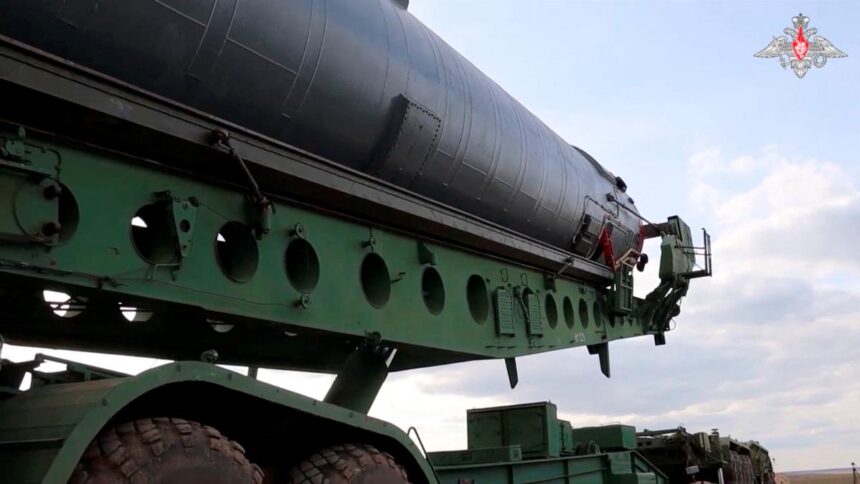
Smoke rises to the sky following an Israeli army bombardment in the northern Gaza Strip, as seen from southern Israel, on July 10, 2025.
| Photo Credit: AP
Israel and Hamas may be able to reach a Gaza ceasefire and hostage-release deal within one or two weeks but such an agreement is not likely to be secured in just a day’s time, a senior Israeli official said on Wednesday (July 9, 2025).
Speaking during Israeli Prime Minister Benjamin Netanyahu’s visit to Washington, the official said that if the two sides agree to a proposed 60-day ceasefire, Israel would use that time to offer a permanent ceasefire that would require the Palestinian militant group to disarm.
If Hamas refuses, “we’ll proceed” with military operations in Gaza, the official said on condition of anonymity.

Mr. Trump met Mr. Netanyahu on Tuesday (July 8, 2025) for the second time in two days to discuss the situation in Gaza, with the president’s Middle East envoy indicating that Israel and Hamas were nearing an agreement on a U.S.-brokered ceasefire proposal after 21 months of war.
Mr. Trump had previously predicted that a deal could be reached this week, raising speculation about a possible announcement before Mr. Netanyahu leaves for Israel on Thursday (July 10, 2025).
On Wednesday (July 9, 2025), however, Mr. Trump appeared to extend the timeframe somewhat, telling reporters that while an agreement was “very close,” it could happen this week or even next – though “not definitely.”
A source familiar with Hamas’ thinking said four days of indirect talks with Israel in Qatar did not produce any breakthroughs on main sticking points.
The Israeli official, who briefed reporters in Washington, declined to provide details on the negotiations.
Mr. Trump’s Middle East special envoy Steve Witkoff told reporters at a Cabinet meeting on Tuesday that the anticipated agreement would involve the release of 10 living and nine deceased hostages.
Mr. Netanyahu’s visit came just over two weeks after the president ordered the bombing of Iranian nuclear sites in support of Israeli air strikes. Trump then helped arrange a ceasefire in the 12-day Israel-Iran war.
Mr. Trump and his aides have tried to seize on any momentum created by the weakening of Iran, which backs Hamas, to push both sides for a breakthrough to end the Gaza war.
The Gaza conflict began with a Hamas attack on southern Israel in October 2023 that killed approximately 1,200 people and saw 251 hostages taken, according to Israeli figures. Around 50 hostages remain in Gaza, with 20 believed to be alive.
Israel’s retaliatory war has killed more than 57,000 Palestinians, Gaza’s health ministry says, and reduced much of Gaza to rubble.
Mr. Netanyahu has used his U.S. visit to publicly thank Mr. Trump for joining with Israel in striking Iran.
Mr. Trump has repeatedly declared that the U.S. bombing of three of Iran’s nuclear sites had “obliterated” them, though some experts have questioned the extent of the damage and raised the possibility that Iran had secreted away part of its enriched uranium stockpile before the strikes.
The Israel official said Israeli intelligence indicated that Iran’s enriched uranium remained at Fordo, Natanz and Isfahan, the sites that the U.S. hit last month, and had not been moved.
The official suggested, however, that the Iranians might still be able to gain access to Isfahan but it would be hard to remove any of the material there.
Iran has always denied seeking a nuclear weapon.
Published – July 10, 2025 02:25 pm IST








